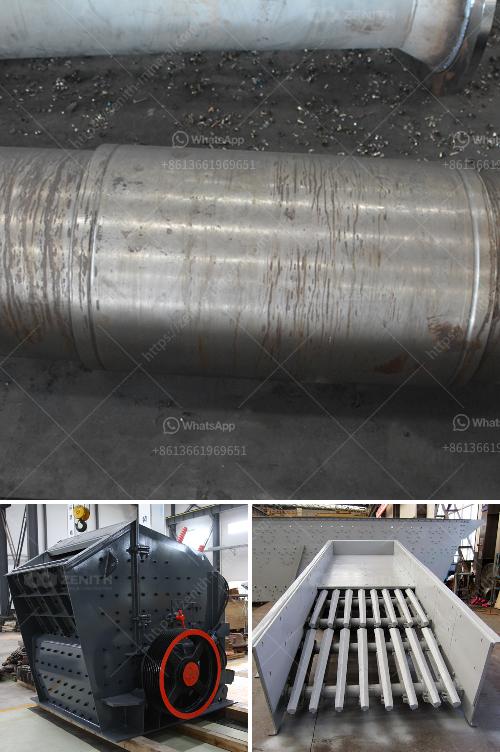Limestone mining involves several steps. Here's a general overview of the process:
-
Exploration and Site Preparation:
- Surveying and Mapping: Geologists conduct surveys to identify the location and extent of limestone deposits.
- Permitting and Zoning: Obtain necessary environmental and legal permits and ensure compliance with local regulations.
-
Drilling and Blasting:
- Drilling: Drill holes are created in the rock and filled with explosives.
- Blasting: Controlled explosions fragment the limestone into manageable pieces.
-
Extraction:
- Loading and Hauling: The broken rock is loaded onto large trucks or conveyors and transported to the crushing site.
-
Crushing and Screening:
- Primary Crushing: Large rocks are reduced to smaller pieces by jaw crushers or gyratory crushers.
- Secondary Crushing: Further reduction to the desired size using cone crushers or impact crushers.
- Screening: Separate the crushed limestone into different sizes using screens and classifiers.
-
Transportation:
- The processed limestone is transported to markets or storage facilities, often via truck, rail, or ship.
-
Reclamation and Rehabilitation:
- Land Restoration: After mining is complete, the land is rehabilitated to a natural or economically usable state.
- Environmental Monitoring: Continual monitoring to ensure environmental standards are met.
Each step must comply with safety and environmental regulations to minimize the impact on the surrounding ecosystem.

